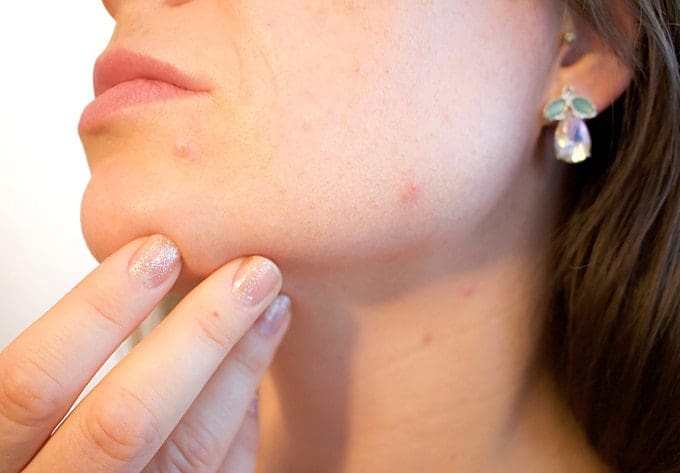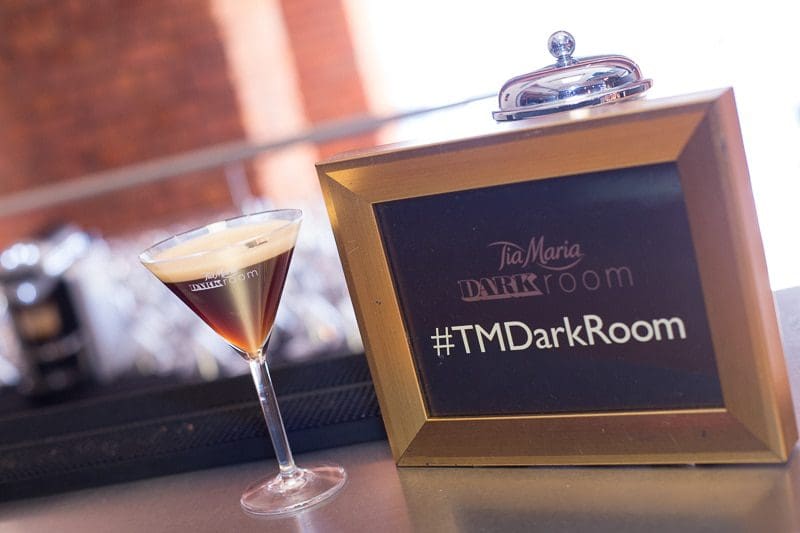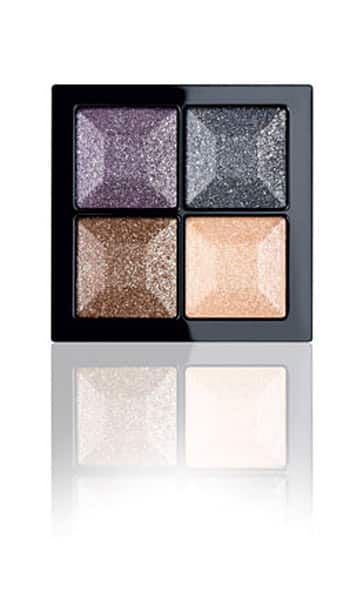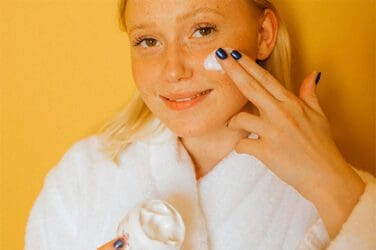words Alexa Wang
Skin purging is a phenomenon in which the skin experiences breakouts and an improvement of existing acne or blackheads. Purging can last anywhere from one to three months, though it typically subsides after six weeks. Knowing whether your breakout is skin purging or simply worsening your acne will help you decide how to act upon the situation.

What Is Skin Purging?
purge can last between one to three months but usually only lasts about six weeks (this depends on the person). The bad news: You’ll see your acne get worse before it gets better. The good news: You’ll know your skin is on the right track. The process of skin purging results from the body’s natural inflammatory response to clearing out congested pores and fighting off bacteria. Unfortunately, most people don’t realize this is happening, or they would wait it out instead of freaking out and reaching for the topical acne treatments that stop working anyway.And if you’re asking “What is cystic acne?” It’s a more intense variant of acne that can crop up during a skin purging. Cystic acne is very uncomfortable, producing lumps under the skin. It could last for weeks or longer, and be very painful as well as causing skin scarring.
The best thing you can do for skin purging is used an all-in-one product like Exposed Skin Care. This system fights acne and redness, preventing future outbreaks while your skin gets rid of the old stuff. Other great prevention methods include:
- Staying away from comedogenic ingredients.
- Use products made for your skin type.
- Avoiding trauma to the skin.
Signs of Skin Purging:
Here are some signs you might be going through a purging process:
Acne Increase
If you usually have a few pimples and start to break out with more acne, then you might be going through purging. Your skin should begin to clear up as the blackheads and glands flush themselves out.
Breakout Includes Cysts and Nodules
Occasionally, people experience a purging process that also includes cysts and nodules. This is the most extreme case of skin purging. If this happens to you, it can take longer for your skin to clear up. Make sure to not pick at your acne as it’s more susceptible to scarring when you pop them.
Hormonal Imbalance:
Consider your menstrual cycle if your breakouts seem to worsen around the same time every month. If you are a woman who gets flare-ups at certain times of the month, it might be hormonal. The best way to combat this is by using an oil-free moisturizer that contains SPF and medications to fight acne.
What are Skin Breakouts?
Skin breakouts are usually small and limited to particular areas such as the forehead or chin. They can be mild, medium, or severe, depending on what kind of breakout. Breakouts result from blocked hair follicles and enlarged sebaceous glands under the skin, inflamed when exposed to bacteria in the air. With skin breakouts, you might experience redness that looks like a rash. These types of flights can easily be covered up with makeup if necessary.

Signs of Skin Breakthrough
Here are some signs you might be going through a skin breakout process:
Conventional blackheads
Blackheads are plugs of sebum and dead skin cells which appear black because of oxidation. They occur when your body produces more oil than you can excrete through the hair follicles, which then harden and clog pores with dead skin cells, dirt, and oils. Blackheads are usually small bumps with dark centers that look like tiny dots. When squeezed, they may release a little plug of dead skin cells and oil — which you might find irresistible, but take caution because popping them can lead to scarring.
Conventional whiteheads
Whiteheads result from an enlarged hair follicle (usually associated with excess oil production) when the sebum inside hardens and traps pollutants and bacteria underneath the skin. They typically appear as small, flesh-colored bumps on the skin’s surface with white centers (kind of like tiny pimples). When squeezed, they may ooze pus and cause redness since they are an infection of bacteria underneath the skin which causes inflammation.
Conventional pimples
Pimples form when there’s a build-up of oil, bacteria, and dead skin cells inside one or more enlarged pores. A pore may swell up with oil, then close off with skin cells that slough off from the inner lining of the pore. If bacteria invade through the closed opening, pimples form beneath the surface of your skin. Spots are usually dome-shaped and red at first. Then they become swollen, tender, and inflamed after a few days. They look like little pink or flesh-colored bumps with an inflamed “head.” They may ooze white or yellow pus (unless the pore has already opened up), which could be very painful.
The best way to tell the difference between a breakout and purging is by keeping a close eye on your skin. It will usually become evident after ten days if it’s purging or breaking out if you wait. If you’re not sure what kind of breakout you have, consult with a dermatologist before attempting to treat the breakout. If you’re breaking out in redness and pus, that’s usually a sign of infection, so it’s best to seek the help of a professional before things get out of hand.






